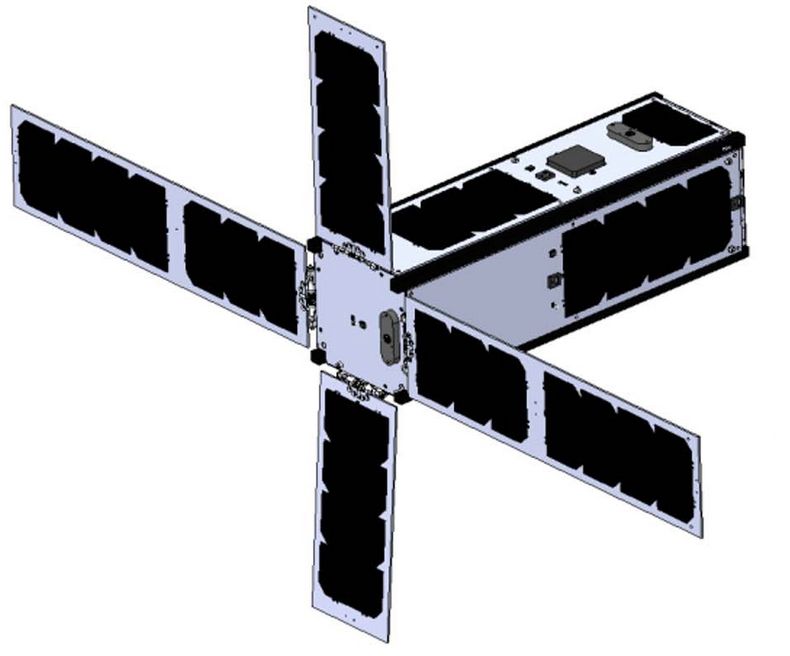SeaHawk
Launch Date:
December 2018
WEBSITE:
The SeaHawk-1, a 3U CubeSat with HawkEye Ocean Color Sensors, is a partnership between NASA and the University of North Carolina, Wilmington (UNCW), Cloudland Instruments, and AAC-Clyde Space and is funded by the Moore Foundation under a grant for the Sustained Ocean Color Observations with Nanosatellites (SOCON). The aim of the project is to observe the changing biology of the ocean surface. Seahawk was launched in 2018 and is operated from AAC Clyde Space’s Glasgow Operations Centre, with instrument data downloaded to NASA Wallops facility, through the satellite’s X-band downlink. The data is integrated into NASA’s SeaWiFS Data Analysis System and distributed worldwide by the NASA Ocean Biology Distributed Active Archive Center. The data gathered by SeaHawk will enable greater understanding of the marine food chain, oceanic climate, fisheries and pollution phenomena. This information will be vital to our ability to monitor and support the health and sustainability of our oceans.

